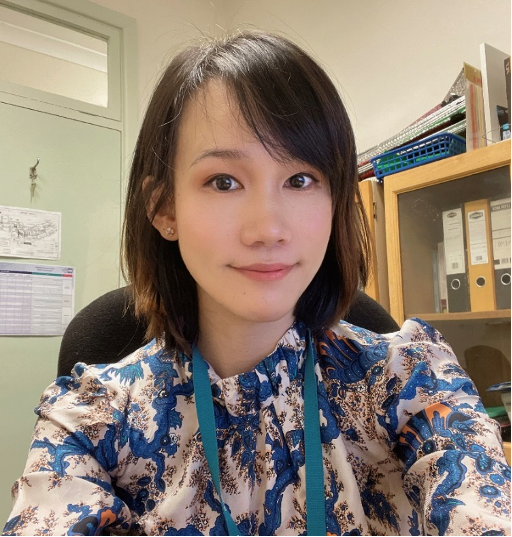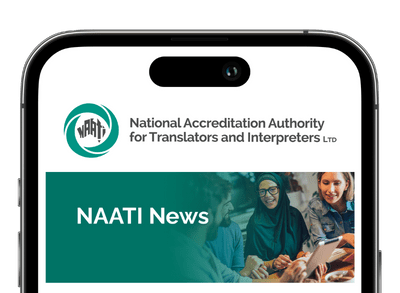Interpreting in the healthcare sector
Working as a health care interpreter is never as easy as people think. We need to have knowledge of medical terminology to be able to do the job, have the skill to confidently switch between simultaneous and consecutive interpreting modes, and we also need to prepare ourselves for emotional or difficult situations that do not typically occur in other settings.
I have worked in a range of scenarios that are common to health care interpreters, but I am most passionate about interpreter-mediated language assessments or therapy sessions with speech pathologists. I can still remember the feeling of working with speech pathologists in my freshman year and being asked about the features of the patients’ language. Once I was interpreting for a patient with aphasia – a disorder resulting from damage to parts of the brain that are responsible for language – and at the end of the assessment, the speech pathologist asked me about the intelligibility of the patient’s utterances. Another speech pathologist asked me to help prepare for a speech therapy session by thinking of a list of one syllable to three or four syllable words in the patient’s language.
I was drawn to research the complexities and challenges managed by the interpreter in interpreter-mediated language assessment or therapy sessions with patients who have acquired communication disorders. In this context, the interpreter’s role is often different from their usual role. We can veer away from strictly meaning-based interpreting when confronted by a person whose utterances or sentences do not make sense. The interpreter may need to do verbatim interpreting of nonsensical words, and have metalinguistic knowledge to explain any grammatical, syntactic or phonological errors in the patient’s utterance causing difficulties in comprehension.
The interpreter is also more collaborative with the speech pathologist than in other settings. Literature emphasises that close collaboration between interpreters and speech pathologists is necessary for a good speech assessment and therapy outcome for patients, and often requires a thorough pre-session briefing and de-briefing between the two professionals. The interpreter must be knowledgeable about speech pathology and their working languages, while the speech pathologist needs to understand the role of interpreters and be able to explicitly advise the interpreter of the expectations in a particular context. This is in line with the patient-centred care principle in the Australian health system.

Working as a health care interpreter in the speech pathology domain is a continuous learning process. I am still passionate about my job despite working full time for many years as a health care interpreter. It is interesting and challenging career that has given me much fulfilment and enjoyment.
Hui Tao holds a Master of Conference Interpreting and a Master of Research, and is currently a PhD candidate at Macquarie University. Her research ‘A New Model of Interpreter-mediated Aphasia Assessment for People from Diverse Language Backgrounds’ was well received by interpreters and speech pathologists. Hui is an active Mandarin and Cantonese interpreter with a strong interest in interpreter-mediated speech pathology assessments.
